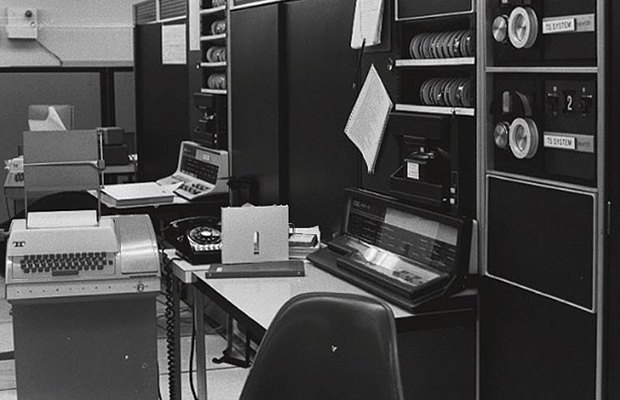What was the first email

When the foundations of the future of email were laid in the 1960s and 1970s, no one could have imagined that 50 years later, more than 100 billion messages per day would pass through it. The power of email is that you can do several things through it at once. But this is also her weakness - she does nothing flawlessly. That is why, over time, instant messengers, cloud storages, task managers and other applications appeared that cope with individual tasks better than email. Perhaps IT and other industries would happily switch to a combination of , and or their analogues, but the inertia is too strong. Too much depends on e-mail - from accounts in all these services to business correspondence.
Originally, emails could only be sent between users on the same computer. In order to send and receive messages, both people had to remain connected to the system. One such system was the SNDMSG at the Massachusetts Institute of Technology (MIT). Letters fell into the user's directory - the prototype of the mailbox. In 1971, MIT graduate Raymond Tomlinson, working for Bolt, Beranek and Newman (now BBN Technologies), ported SNDMSG to the TENEX operating system and added the ability to send messages between different computers over a network, effectively becoming the inventor of electronic mail in the modern sense.
Email continues to take away a lot of time at majority users
Tomlinson's main find is the use of the @ symbol, which he used to separate the username and computer where the message was to be sent. The symbol has survived to this day, with the only difference being that it is now followed not by the name of the computer on the ARPANET (the predecessor of the modern Internet), but by the address of the server where the user's mailbox is located. Tomlinson added the ability to send letters from one computer to another from the CPYNET program, which was used to send files over the network. That is why in the early 70s Tomlinson's invention was called a "hack" - in fact, he did not invent the very idea of \u200b\u200bemail, but an add-on based on an already existing messaging system.
For the next 40+ years, email evolved as it went, with attachments being added to emails, communications between individual users being included in message threads, and apps like Google Inbox and Mailbox making incoming message processing automatic. But email, with its relentless spam and junk mail, continues to take a lot of time for most users. Whether it will turn out to be abandoned over time, and most importantly - when this time comes, no one can say yet. The only thing that can be done so far is to reduce its use to a minimum, using more convenient tools for specific tasks.






